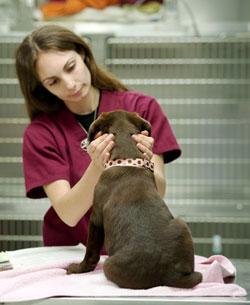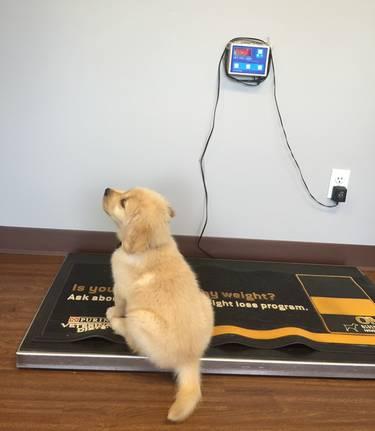
Purchasing a puppy or new dog is extremely exciting but is also a huge decision. When purchasing a new companion, it is important to know what breed best suits you, where to buy them, and how to avoid health issues with puppies.
What breed is right for me?
- When we buy clothes we usually buy with our eyes first, see how cute the shirt is, then try it on, then purchase. This is what a lot of new pet parents will do with their puppy. They will see how cute it is and just buy it. The only thing is that we normally can’t return our puppy purchases, which leads to them going into the humane society.
- Doing research on the specific breed is extremely important! You should see what their temperament will be when they are fully grown, what type of lifestyle they will need and what kind of lifestyle can you provide, how big they will be, how much energy they will have, if they are good family pets, etc. By doing research into the breed before buying, you can determine which breed is right for you.
Where should I buy from?
- The best place to buy would be from a reputable breeder. Reputable breeders will have extensive knowledge on that one breed they are selling. They will do health tests on the parents of the puppies, socialize the puppies, as well as have them fully vaccinated and vet checked. These breeders tend to be extremely supportive of new puppy parents and will help the new owners however they can.
- Adopting from the humane society is always a great idea too!
- Buying online can be tricky. Use caution when buying from someone selling online. Good breeders normally don’t advertise puppies on any big online puppy classifieds. People that sell their puppies online usually just bred their family dog (no knowledge about breeding), or from puppy farms/mills.
- Don’t purchase puppies from pet stores; these puppies always come from puppy farms/mills!
- Be careful when purchasing from a non-breeder, puppy mill owners are very clever about tricking you to believe that they are not puppy mill owners!
How do I avoid health issues?
- Most purebred dogs have their own set of health issues and risks. But being smart about the breed you are purchasing can help in the long run!
- Most reputable breeders will do a health check on their breeding parents (hips certification, heart certificate, etc.)
- If the parents don’t look healthy, the puppies most likely aren’t healthy.
Know the breed you want to buy and be smart about your purchase! If you have any concerns or doubts, contact your Veterinarian and ask them questions!













